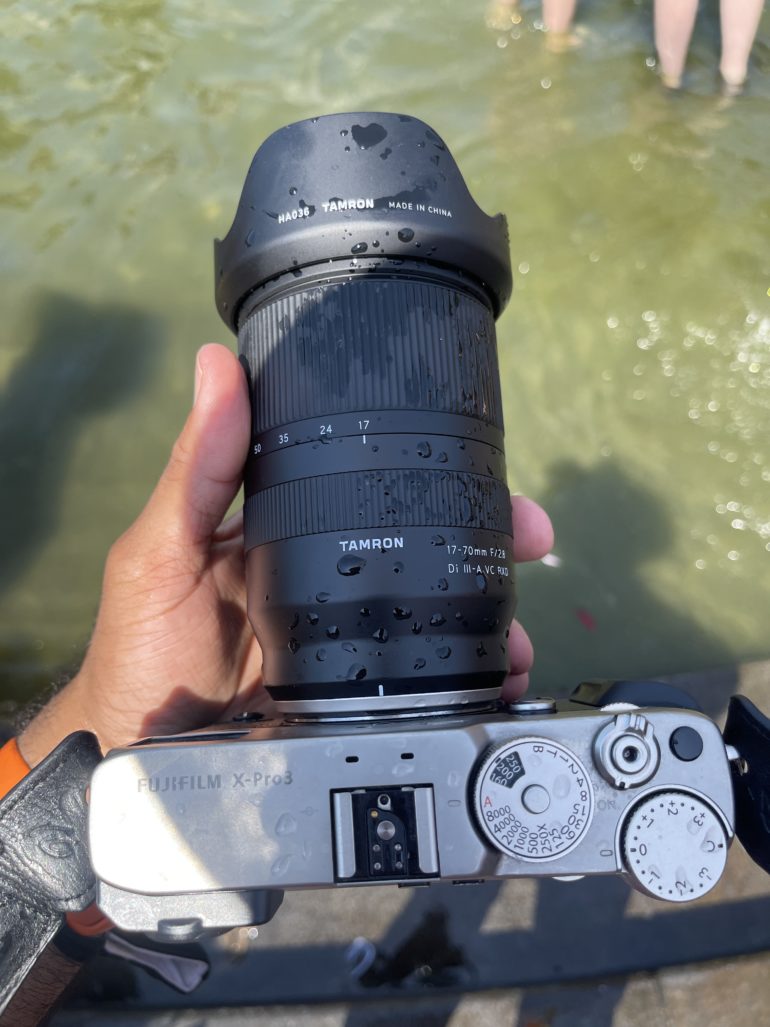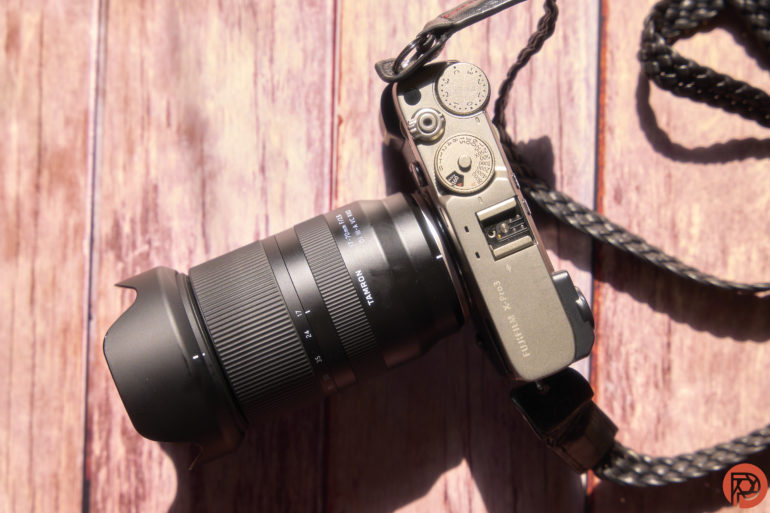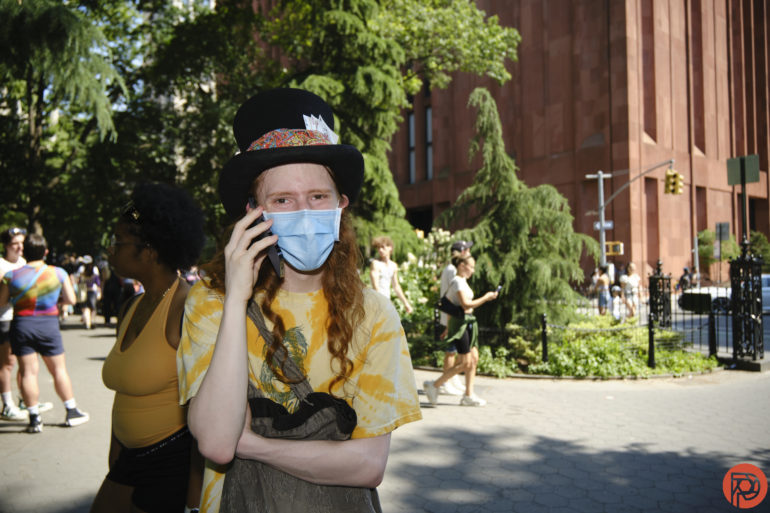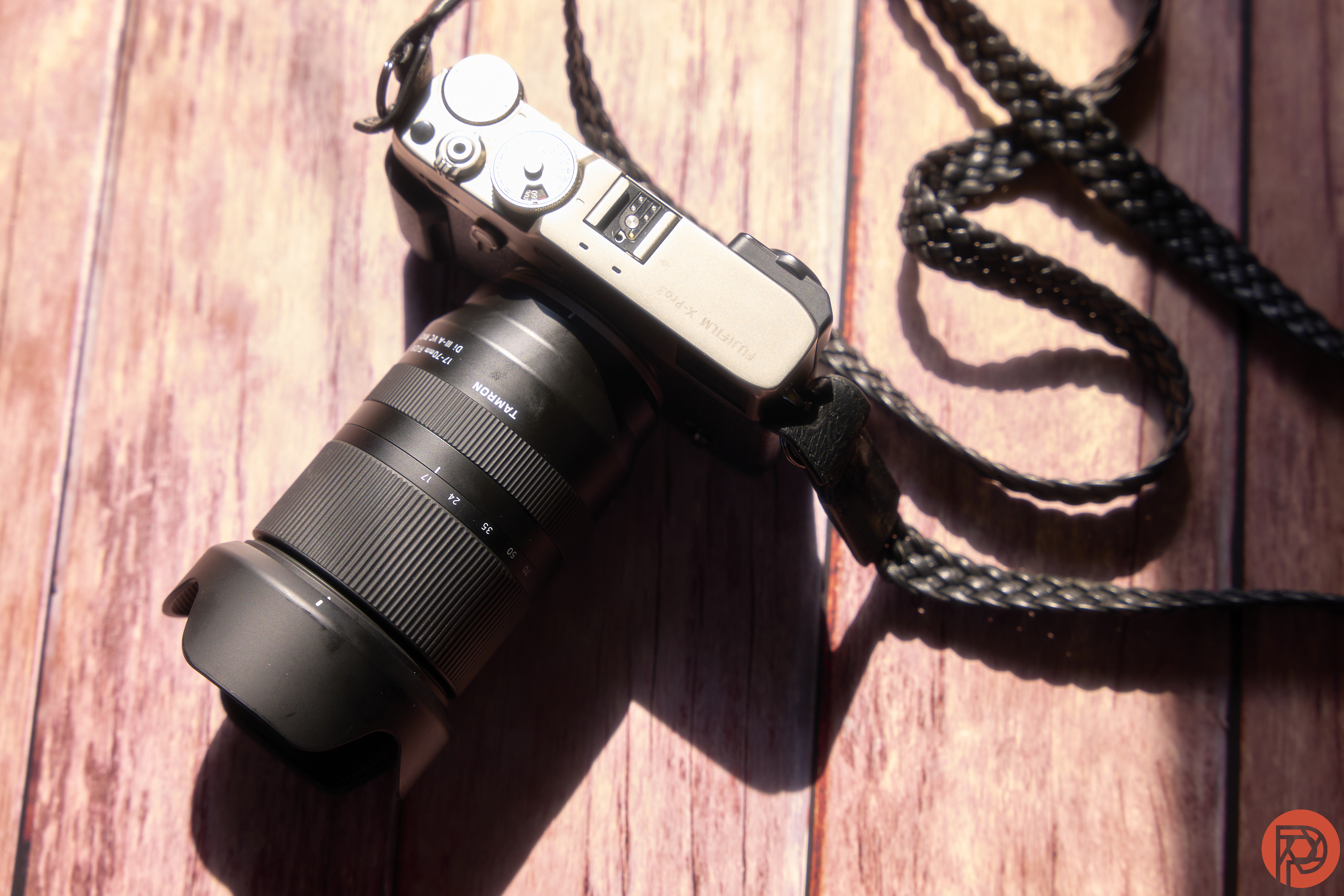In the past, the Tamron 17-70mm f2.8 was only available for Sony cameras. But Tamron has announced that they also now work with Fujifilm. With that in mind, this new powerhouse of a lens comes to the Fujifilm X series. Photojournalists who need a zoom lens are bound to fawn over this one. It lacks the aperture rings and the metal build quality you’re used to. And in some ways, a photographer could argue that it feels just wrong. However, I don’t think anyone can argue with how utilitarian this lens is. And so we’ve updated our review accordingly.
The following is an update to our Tamron 17-70mm f2.8 lens review. Please visit this hyperlink to explore the full review. If you’re interested, you can buy one on Amazon.
Tested with the Fujifilm X Pro 3

In 2022, Tamron released the Fujifilm variant of the Tamron 17-70mm f2.8 lens. And so I tested it on the Fujifilm X Pro 3. Traditionally a camera meant for prime lenses, the Tamron 17-70mm f2.8 isn’t all that bad on this camera. Does it feel large? Yes. But it surely makes the X Pro 3 more capable and adds extra value to the camera. I used the lens to photograph the 2022 Pride celebrations, some food, and some moments around the New Roots Community Garden.
In terms of how the combo feels, it’s still quite small. I can pack it into a small Billingham Hadley or a Tenba Fulton bag with no issues. And when you put a flash on top of the camera, it feels like you’re ready to photograph a proper event. Despite this, I don’t think photographers will necessarily want to use this combo. Instead, the Tamron 17-70mm f2.8 should probably be on the XT3 or XH2s.
Note that there is no aperture ring on this lens. You’re going to need to set a camera dial to control that parameter. But, that’s easy to do.

The image quality isn’t bad, but there’s clearly something lacking in the magic of Fujifilm files here. I wish Tamron had made an f2 or f1.8 zoom lens instead. But the Tamron 17-70mm f2.8 is also incredibly versatile being a 24-120mm equivalent at f2.8. If you’re going to photograph an event, I’d still try to get as close to the subject as you can. The depth of field is the equivalent of f4.2 in full-frame language.
In terms of autofocus, this lens can surely hold its own with nearly anything Fujifilm makes. And that’s wonderful to know! I’d rate it along the lines of the new Fujifilm LM lenses. That means it’s faster than most of the older glass out there.
Originally in this review, I stated that I wished this lens came in a Fujifilm variant. And I still agree with that. But at the same time, I don’t think this should be on the X Pro 3. It should be on another camera. I made some great images with this lens, but at the same time I couldn’t help but think I could’ve done the same with Fujifilm’s excellent prime lenses.
All the images below have received minor edits in Capture One Pro.



























